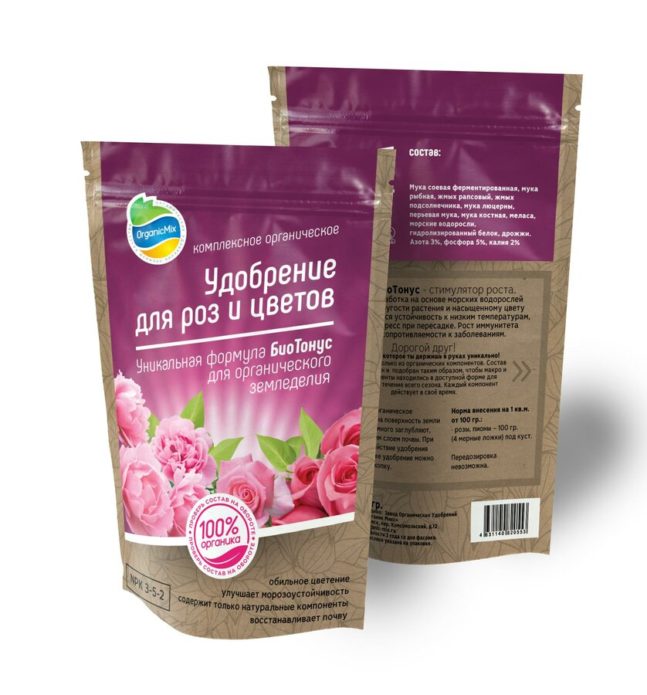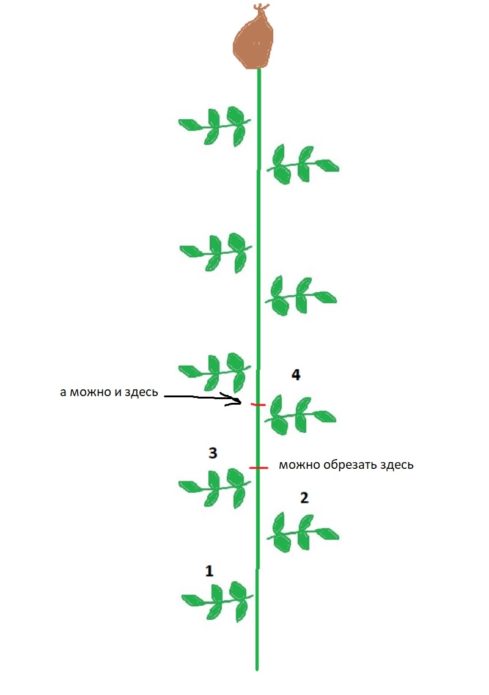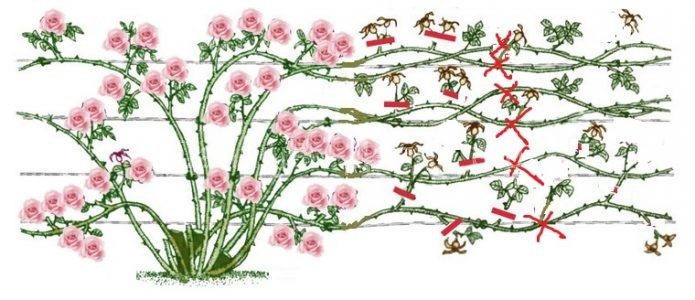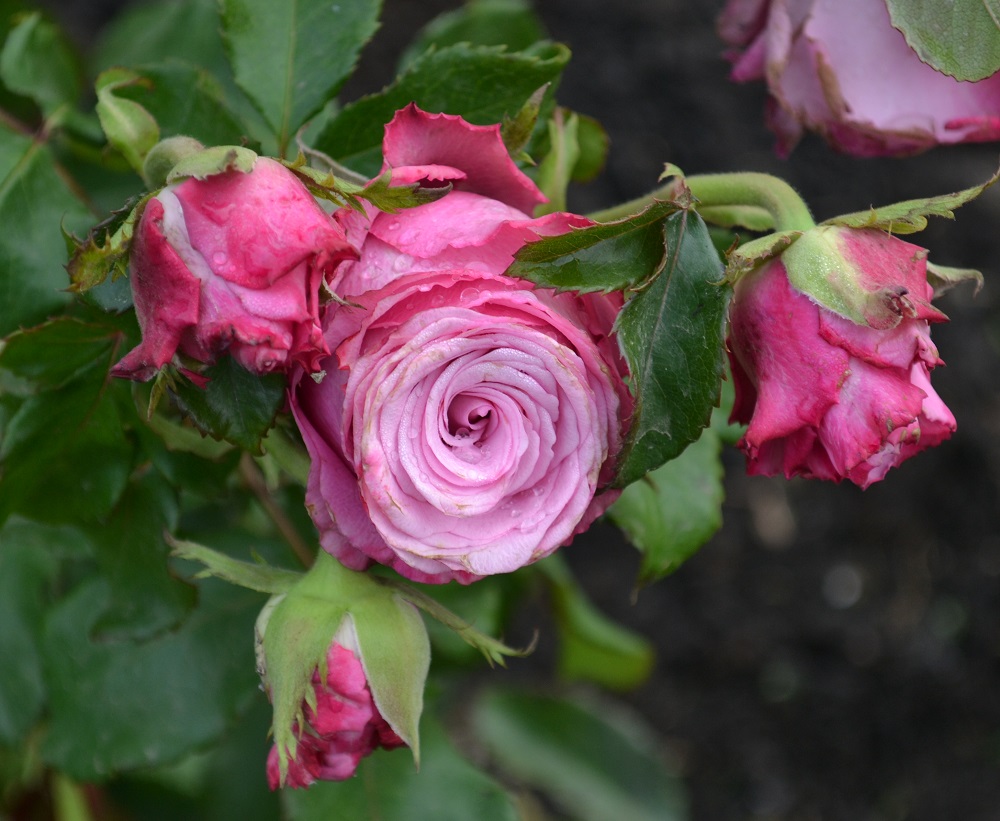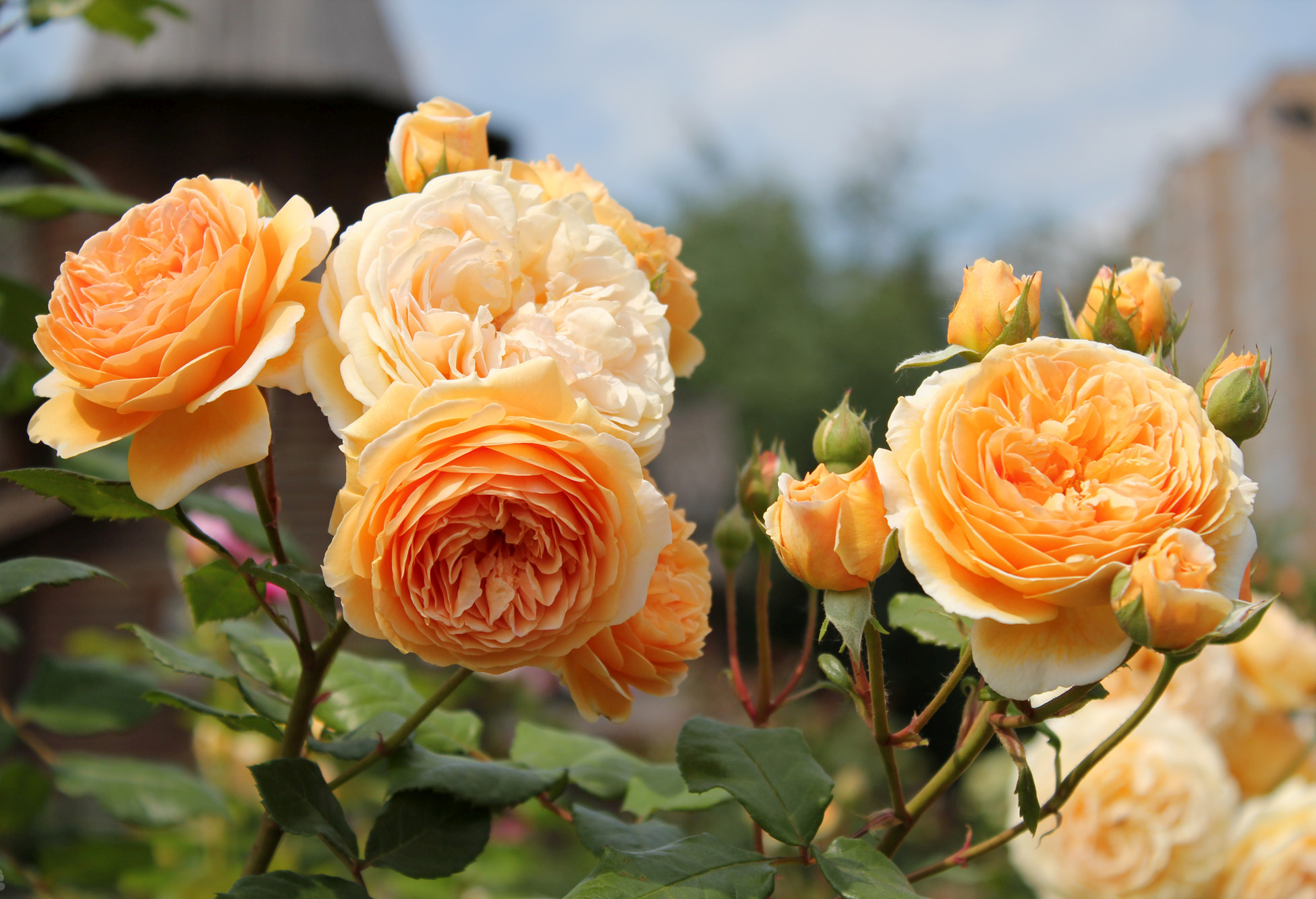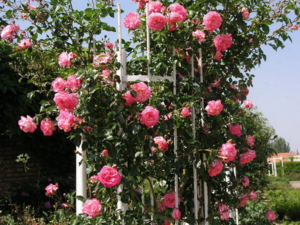Garden roses should be well cared for, including summer pruning after the flowering period. This procedure involves the timely removal of wilted flowers. Each varietal group of roses has its own nuances that the grower must take into account during pruning so as not to harm the bushes.
Why prune roses after flowering
Pruning roses after flowering is a mandatory agricultural technique, without which the bushes will look untidy, and the buds will not develop in full force on the extended branches. This procedure also contributes to:
- preventing the development of fungal diseases;
- the appearance of a large number of buds;
- plant rejuvenation.
It is imperative to cut off those varieties of roses that are capable of blooming again. If the procedure is not carried out on time, then the bushes will quickly wither away, and after a few years they will stop blooming.
Instructions for pruning roses of different varietal groups
For roses belonging to certain varietal groups, there are some nuances that should be considered when carrying out the procedure. But there are some basic pruning rules for re-flowering varieties:
- wilted flowers should be removed immediately after the end of the flowering period;
- the cut should be made 6 mm above the kidney;
- you must use sharp garden shears, pre-treated with alcohol;
- all dead, weakened and damaged branches must be removed to ground level or to healthy wood.
After summer pruning, it is not required to additionally process the cut site.
Those varieties of roses that have long stems must be cut in such a way that 2 developed buds remain below the cut. It is from them that new shoots are formed next year.
After the end of the procedure, it is recommended to feed the roses with fermented droppings or specialized fertilizer for rose bushes.
Hybrid tea
Hybrid tea varieties have long stems that most often end in one flower. You need to cut such flowers as follows:
- Determine the location of the cut, moving upwards from the base of the shoot.
- Carry out a cut over 3-4 sheets.
Despite the fact that hybrid tea varieties are pruned quite low, new shoots grow quickly from them.
Video: recommendations for the procedure
Room
Step-by-step instructions for pruning indoor roses:
- Get rid of weakened stems.
- Leave 5 strong shoots on a medium-sized bush.
- Shorten overly long branches to 6 live buds.
- Leave 5 living buds on undeveloped long shoots.
After the end of the flowering period, it is recommended to remove the branches growing inside the bush and the shoots on which the flowers have wilted. Thanks to this procedure, the plant will look more compact and will be able to develop freely.
Video: removing responding flowers from indoor plants
Stamp
For standard roses (Floribunda, Shraba), the outer soil should be cut into 2-3 leaves and brushes. In this case, the petiole of the leaf, over which the brush is removed, should look outward, and not inside the bush.
Video: pruning standard varieties
Climbing
Climbing roses are conventionally divided into ramblers and claimings. In plants of the first type, flowering is obtained continuously, since initially the flowers open on old branches, and then on the shoots of the current year. Pruning should only be done on last year's branches, cutting over 5 or 6 leaves, just below the dry inflorescence. For climbers, the shoot should be shortened by a third and the faded flowers should be removed immediately after the end of the flowering period.
Video: Climber trimming technology
Pruning roses correctly in the summer after flowering helps prevent the development of various diseases and stimulates lush flowering. In addition, after this procedure, the bushes look much tidier.
